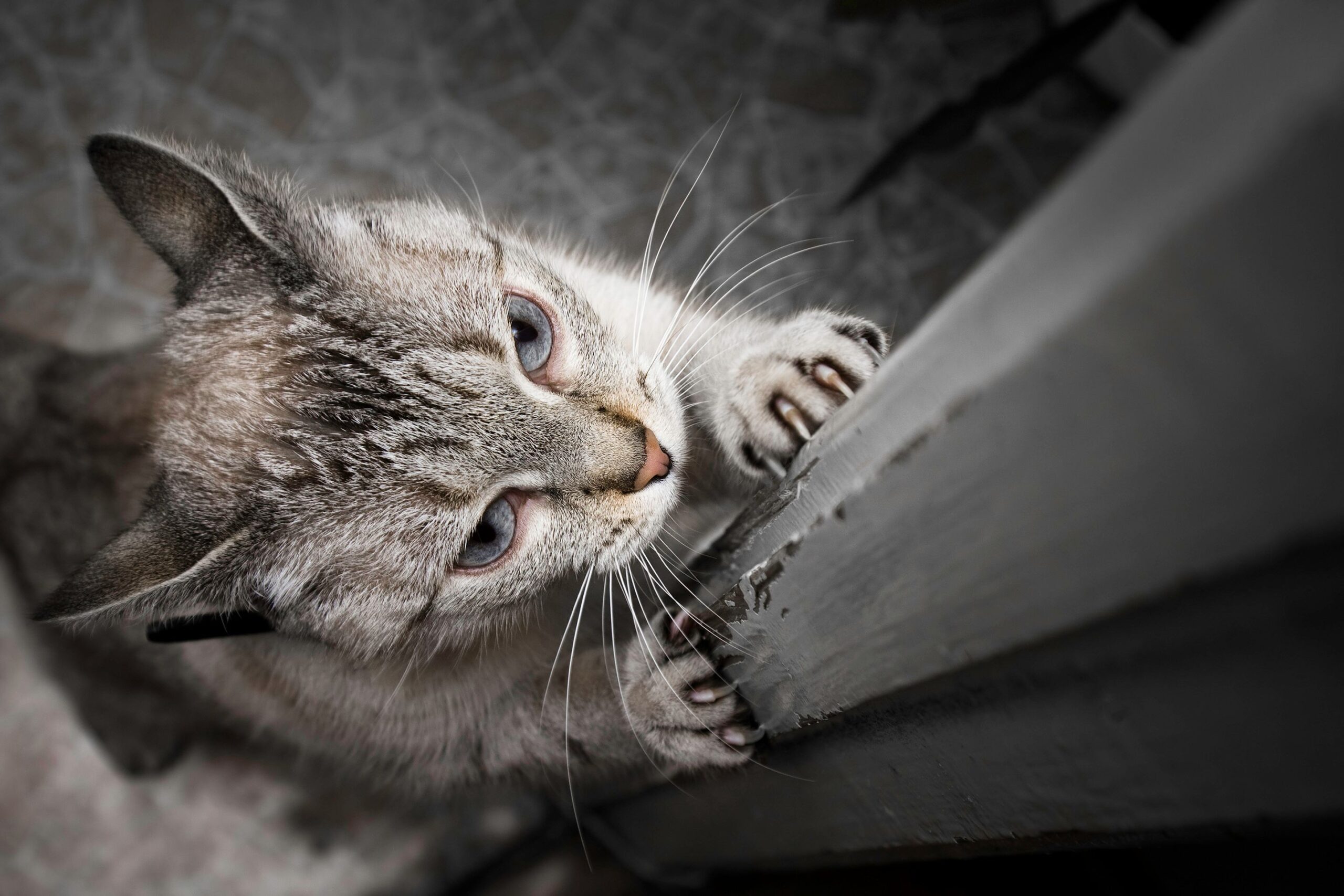Want to stop your cat scratching furniture? Scientists have tips

Getty Images©
Since coming into our homes, cats have developed their own particular habits. One of them is scratching sofas, chairs and other expensive furniture that catches their eye.
But this doesn’t have to be the case: owners can take steps to prevent this behavior, according to research published in the journal Frontiers in Veterinary Science.
For cats, scratching is a natural behavior that meets several needs. Scratching the surrounding furniture allows them to leave their own olfactory mark on top of the foreign odors they detect through their sense of smell, thus marking their territory.
However, this behavior is not always perceived as such by their owners, who see it as a destructive impulse.
This misunderstanding prompted an international research team to investigate the factors influencing this behavior in domestic cats. To do so, they questioned over 1,200 feline owners living in France about the daily lives of their pets, as well as the nature and frequency of their scratching.
The researchers found a correlation between certain environmental/behavioral factors and increased scratching behavior in cats.
The presence of young children in the home is one of them. Cats are more inclined to scratch when in daily contact with children, their presence being a source of stress for them.
The same phenomenon can be observed in felines that have been overstimulated during a play session with their human parent. Scratching objects helps them to calm down and relieve stress-related bodily tension.
Nocturnal hyperactivity can have an impact on scratching behavior, too. Cats who are very active after dark often let off steam by scratching the furniture around them.
A cat’s personality also has a role to play. Unsurprisingly, aggressive or boisterous felines are more likely to scratch sofas, carpets and other home furnishings
While some aggravating factors, such as the cat’s personality or the presence of young children, are impossible to change, others can be adjusted. For example, a cat tree or scratching post can be placed in areas of the house where cats feel more relaxed and less stressed.
“Providing safe hiding places, elevated observation spots, and ample play opportunities can also help alleviate stress and engage the cat in more constructive activities,” explains Dr. Yasemin Salgirli Demi̇rbas, a veterinary researcher at Ankara University and first author of the study, in a statement quoted by Phys.org.
It’s important to remember that play is very beneficial to a cat’s health. It’s how they express their natural hunting instincts.
Regular play sessions help stimulate the predatory behavior of indoor cats, and channel their energy. This can help minimize the risk of your pet attacking your furniture and other expensive furnishings, as well as strengthening the bond between you.